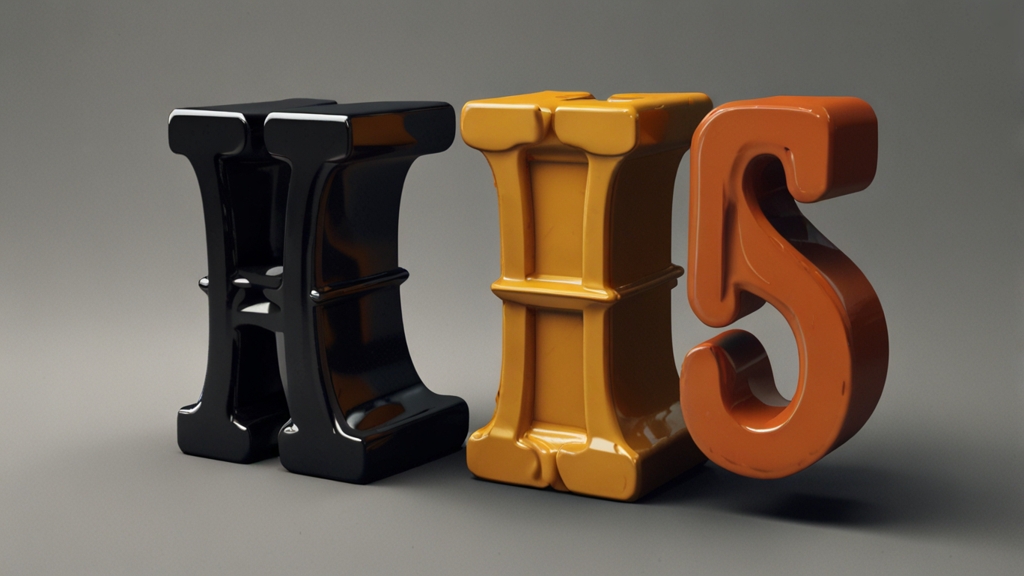The Lost Art of Roman Architecture: What We Can Learn Today
Roman architecture stands as a testament to the ingenuity, creativity, and engineering prowess of an ancient civilization. Despite the passage of millennia, many principles and techniques of Roman construction have stood the test of time, continuing to inform modern architectural practices. By delving into the lost art of Roman architecture, we uncover valuable lessons for today's architects and builders.
Innovative Engineering
One of the most remarkable aspects of Roman architecture was their use of advanced engineering techniques. The Romans were master builders, adept at creating structures that were not only grand but also functional and durable. The invention of concrete, for example, revolutionized construction by allowing for new and innovative designs. Unlike the modern-day concrete, Roman concrete was incredibly resilient, contributing to the longevity of their structures.
"The Pantheon, with its massive dome and oculus, remains a marvel of engineering even today. Its ability to stand the test of time speaks volumes about the effectiveness of Roman concrete and their architectural ingenuity." – Carlos Rubio, Architect
Architectural Aesthetics
Roman buildings were not only about durability and functionality. The aesthetic element was equally crucial. The Romans had a keen eye for beauty, proportions, and symmetry, which resulted in visually stunning buildings. They were adept at incorporating various architectural orders such as Doric, Ionic, and Corinthian to infuse their structures with an elegant blend of styles.
This balance of form and function is a lesson modern architects can benefit from, emphasizing that practical buildings can also be visually appealing. This holistic approach to design continues to resonate in contemporary architecture, reminding us of the value of integrating beauty and utility.
Urban Planning and Infrastructure
The Romans were pioneers in urban planning and infrastructure development. Their cities were laid out with an almost obsessive focus on efficiency and organization. The grid system, public baths, aqueducts, and sewage systems are just a few examples of their comprehensive urban planning strategies.
"The Roman approach to city planning was revolutionary. They created cities that were not only beautiful and monumental but also extremely functional. The layout and infrastructure inspired countless generations of urban planners." – Emily Thompson, Urban Planner
Modern cities face a multitude of challenges, from overcrowding to inefficient infrastructure. By studying Roman urban planning, we can glean insights into creating more organized, sustainable, and livable cities.
Sustainable Practices
In today's world, sustainability is a key concern. Remarkably, the Romans practiced several sustainable building methods that are strikingly relevant today. They utilized locally-sourced materials, and their construction techniques emphasized long-term durability, reducing the need for frequent repairs and rebuilds. Their roads, aqueducts, and buildings were designed to function seamlessly for centuries.
The focus on sustainability seen in Roman architecture presents valuable lessons for the modern world, encouraging the use of local materials, durable methods, and thoughtful long-term planning.
Community and Public Spaces
The value the Romans placed on community and public spaces cannot be overstated. Forums, amphitheaters, and baths were not just architectural structures; they were social hubs where citizens gathered, interacted, and engaged in various public activities. This sense of community and the importance of public spaces are principles that can enhance the social fabric of today's cities.
As modern architects and urban planners continue to design living and communal spaces, the Roman emphasis on community-centric design serves as a timeless reminder of the importance of fostering social interaction within public spaces.
Conclusion
The lost art of Roman architecture offers an abundant resource of knowledge and inspiration. From their groundbreaking engineering techniques and aesthetic sensibilities to their insightful urban planning and sustainable practices, the Romans have left a legacy that continues to influence and inform the field of architecture today. By embracing and learning from these ancient principles, we can innovate and build a future that harmoniously blends time-tested wisdom with modern advancements.







